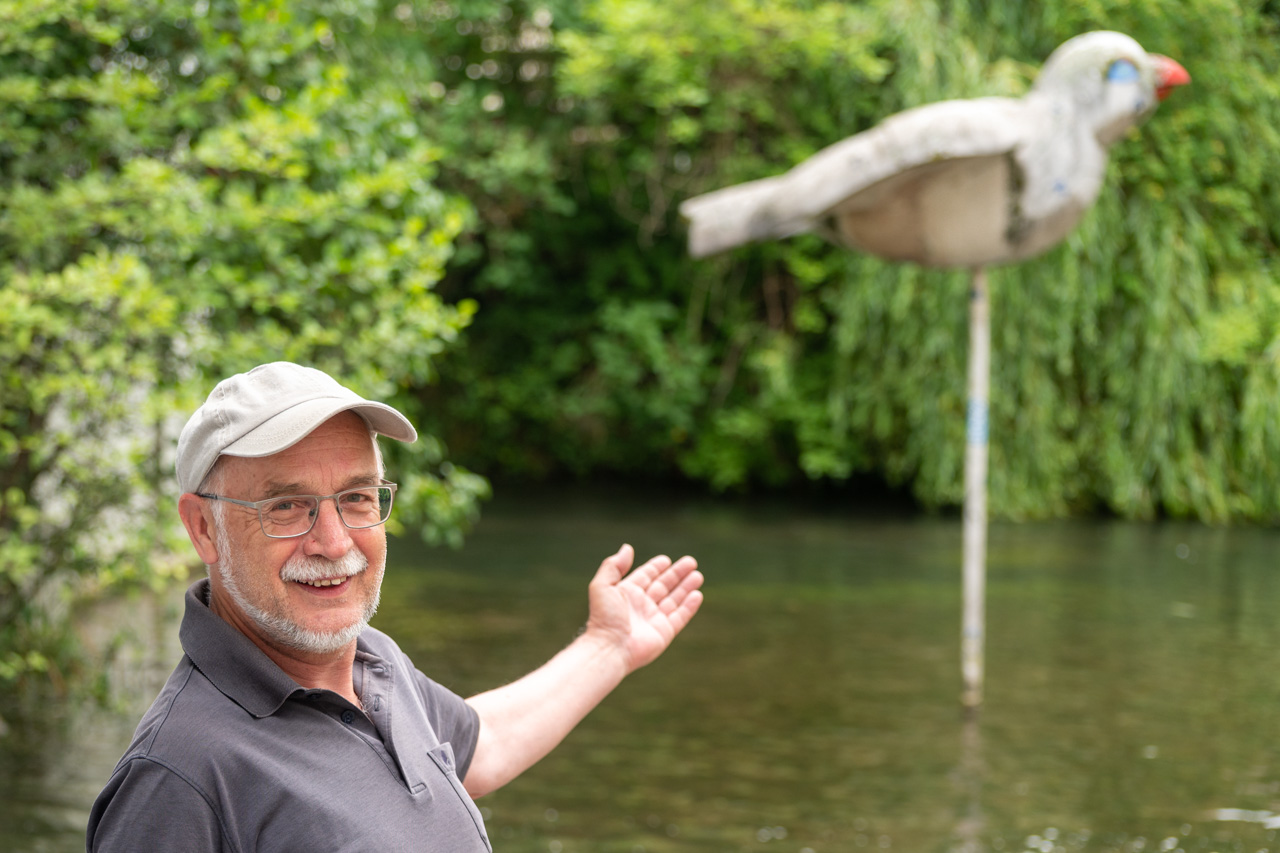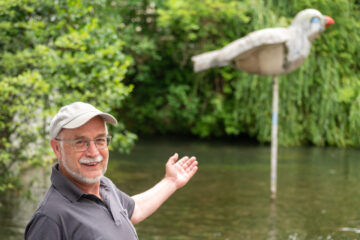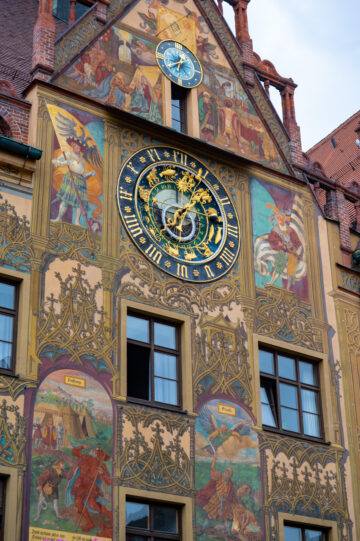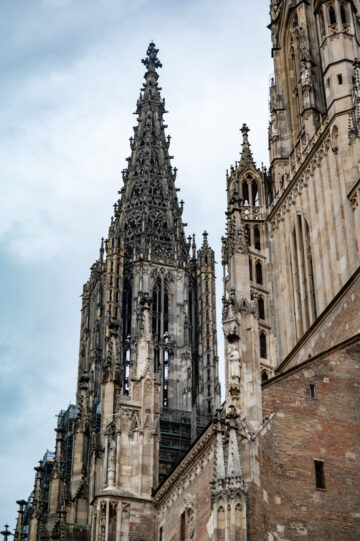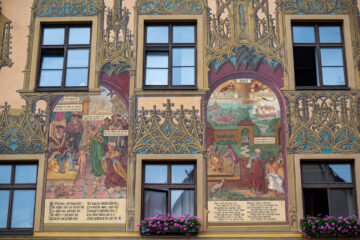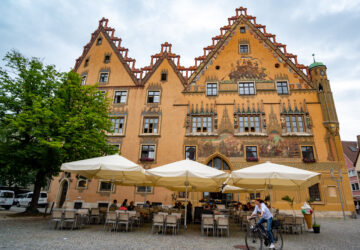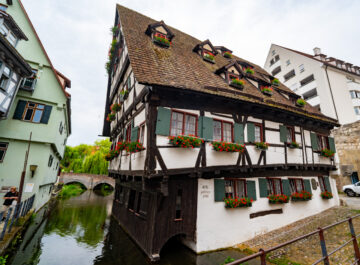My friend, Karl-Heinz Linke, has a reputation for exaggerating the truth when he tells stories. He’s the kind of guy who is always pulling your leg, so to speak. So, when he told Padma and me about the legend of the Ulm Sparrow, we assumed it was another one of his yarns.
Karl-Heinz insisted it was true and to prove it he and his wife, Hiltrud, took us to Ulm to learn of the legend ourselves. We were told that 80% of the city had been destroyed during World War II, but that it had been beautifully rebuilt.
As we arrived in Ulm we quickly discovered Karl-Heinz was telling the truth. According to legend, in the 1300s, the inhabitants of Ulm needed a large wooden beam for the construction of Ulm Minster. They ran into a bit of a problem. They couldn’t get a long beam through the city gate. As they were about to tear the gate down, they saw a sparrow carrying a piece of straw for its nest. When the sparrow had to fit into a tight place it turned the straw from crosswise to lengthwise in its beak. Since that epiphany, the construction workers placed long loads lengthwise rather than crosswise on their carts and they were able to enter the city without rebuilding their gate.
The legend doesn’t speak well of the wisdom of those early Ulm settlers, but now the people of Ulm celebrate the clever sparrows and have adopted the Ulm Sparrow as their symbol. Albert Einstein was born in Ulm and, who knows, perhaps he watched sparrows as an infant and visualised the theory of relativity.
We saw plenty of sparrows in Ulm. A few years ago, the city raised money by having local artists paint 250 large sparrow sculptures. Those are now scattered around the world.
Ulm proved to be a very interesting place to visit. The Rathaus with extensive stories told on its wall and its astronomical clock … the Schiefes Haus or crooked house built in 1443 … the Danube boats … and of course the world’s tallest church steeple … combined, they make Ulm a most pleasant place to visit.

